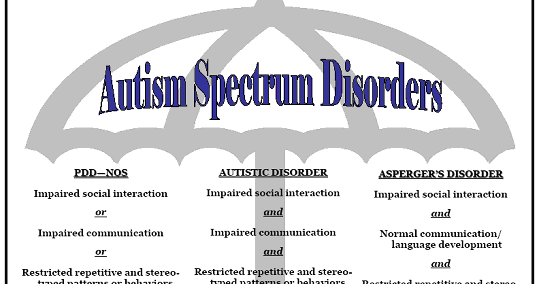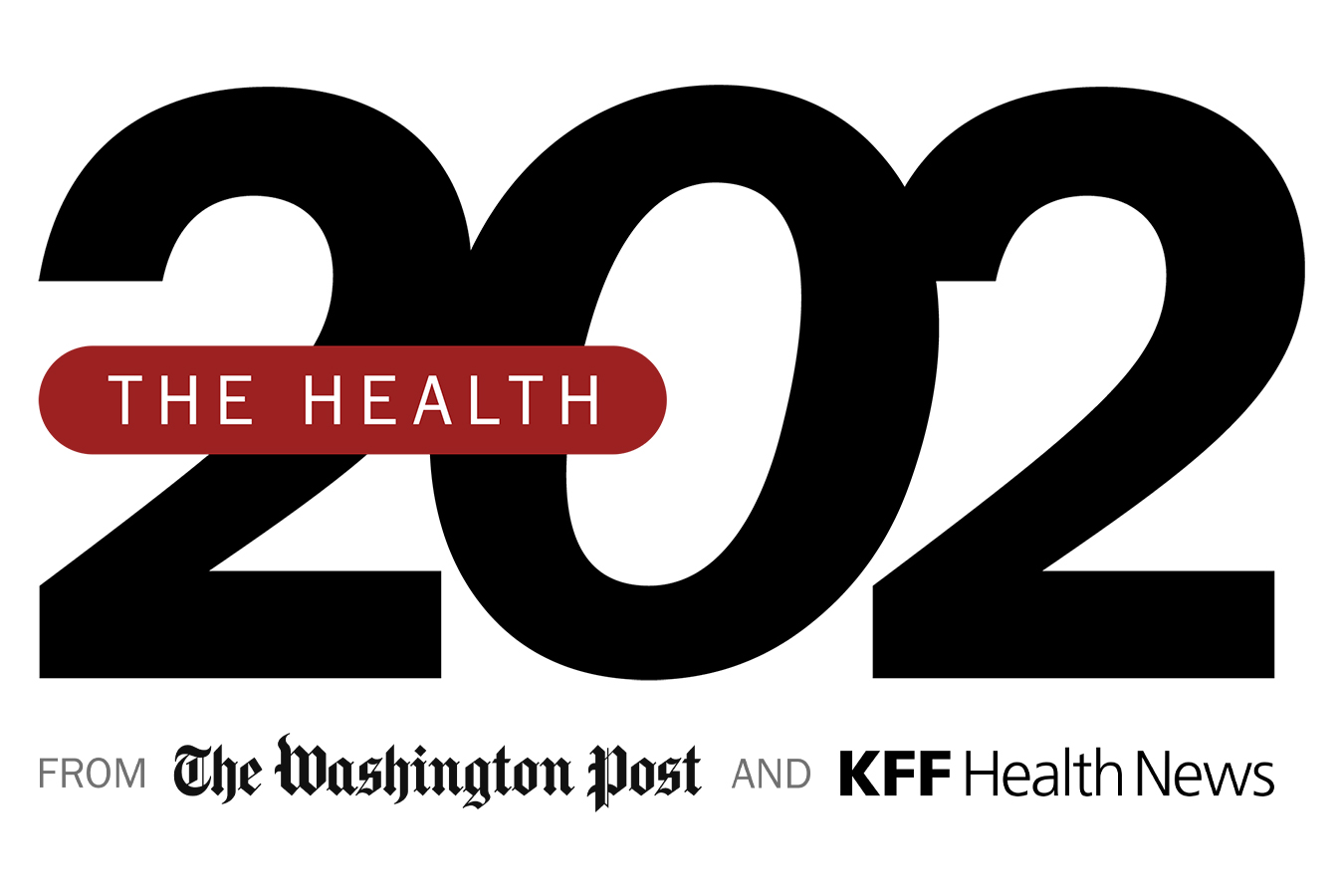A research team at Yale School of Medicine, which includes postdoctoral fellow Ilanit Gordon and Kevin Pelphrey, the Harris Associate Professor of Child Psychiatry and Psychology, have discovered that oxytocin increases function in specific regions of the brain associated with processing social information in children and adolescents with autism spectrum disorders (ASD).
“Our findings provide the first, critical steps toward devising more effective treatments for the core social deficits in autism, which may involve a combination of clinical interventions with an administration of oxytocin,” said Gordon. “Such a treatment approach will fundamentally improve our understanding of autism and its treatment.”
Autism spectrum disorder describes a range of conditions classified as pervasive developmental disorders in the Diagnostic and Statistical Manual of Mental Disorders (DSM). These include autism, Asperger syndrome and pervasive developmental disorder not otherwise specified (PDD-NOS). Childhood disintegrative disorder and Rett syndrome are sometimes included among these disorders. Autism spectrum disorders are characterized by social deficits, communication difficulties, stereotyped or repetitive behaviors and interests, and in some cases, cognitive delays. Individuals with these disorders are thought to be “on the spectrum” because of differences in severity across these domains.
- Autism is characterized by delays or abnormal functioning before the age of three years in one or more of the following domains: (1) social interaction; (2) communication; and (3) restricted, repetitive, and stereotyped patterns of behavior, interests, and activities. Social impairments are marked by poor use of nonverbal communication, difficulty in peer relations, lack of social-emotional reciprocity, and lack of shared enjoyment. Communication deficits may include failure to develop speech, use of stereotyped or delayed echolalia, and difficulties maintaining conversations. Social and communication impairments may also cause a lack of symbolic or imaginative play. Restricted and repetitive behaviors may include unusual preoccupations with narrow interests, inflexibility to nonfunctional routines, stereotyped and repetitive mannerisms, and preoccupations with parts of objections.
- Asperger syndrome can be distinguished from autism by the lack of delay or deviance in early language development. Additionally, individuals with Asperger syndrome do not have significant cognitive delays. An individual with Asperger syndrome typically demonstrates obsessive interest in a single topic or activity. Other symptoms include repetitive routines or rituals, peculiarities in speech and language, inappropriate affect or social behavior, problems with non-verbal communication, and clumsy or uncoordinated motor movements. Because of these difficulties, individuals with Asperger syndrome often have trouble interacting with others.
- Pervasive developmental disorder not otherwise specified (PDD-NOS) is considered “subthreshold autism” and “atypical autism” because it is often characterized by milder symptoms of autism or symptoms in only one domain (such as social difficulties). Persons with PDD-NOS may demonstrate pervasive deficits in the development of reciprocal social interaction or stereotyped behaviors, but do not meet the criteria for a specific pervasive developmental disorder or other psychological disorders (such as schizophrenia or avoidant personality disorder).
NB – Autism Spectrum Disorder (ASD) is a proposed revision to the
Diagnostic and Statistical Manual of Mental Disorders 5 (DSM-5), which
will be released in May 2013.
At present, there is no specific cause or specific causes of autism
spectrum disorders, however many risk factors have been identified that
may contribute to the development of an ASD, such as genetics, prenatal
and perinatal factors, neuroanatomical abnormalities, and environmental
factors.
In addition, although there has been significant progress in the field of autism research, there are still few effective treatments and none that specifically target the social characteristics of the disorder. That being said, the role of oxytocin in autism and its potential ability to treat social aspects of the disorder have been studied for some time, however more recent attention has been given to the hormone for its involvement in regulating social abilities.
“Oxytocin is a mammalian hormone that acts primarily as a neuromodulator in the brain. It is best known for its roles in sexual reproduction, in particular during and after childbirth. It is released in large amounts after distension of the cervix and uterus during labor, facilitating birth, and after stimulation of the nipples, facilitating breastfeeding.
Recent studies have begun to investigate oxytocin’s role in various behaviors, including orgasm, social recognition, pair bonding, anxiety, and maternal behaviors. For this reason, it is sometimes referred to as the “love hormone.” The inability to secrete oxytocin and feel empathy is linked to sociopathy, psychopathy, narcissism and general manipulativeness.”
As a result, the team decided to investigate oxytocin further by conducting a first-of-its-kind, double-blind, placebo-controlled study on children and adolescents between the ages of 7 and 18 with ASD. Each participant was administered a single dose of oxytocin in a nasal spray, while functional magnetic resonance brain imaging was used to observe its effect.
“The team found that oxytocin increased activations in brain regions known to process social information. Gordon said these brain activations were linked to tasks involving multiple social information processing routes, such as seeing, hearing, and processing information relevant to understanding other people.”
A clearer understanding and effective treatment is needed as “it is estimated that one in every 110 children is diagnosed with autism (and one (1) in every 70 boys), making it more common than childhood cancer, juvenile diabetes and pediatric AIDS combined. An estimated 1.5 million individuals in the U.S. and tens of millions worldwide are affected by autism.”
Oxytocin Improves Brain Function in Children With Autism
Autism spectrum
Oxytocin
The Arc
© www.mentalhealthblog.com
Asperger Syndrome, Autism, Autism Spectrum Disorder, Childhood Disintegrative Disorder, DSM, DSM-5, Oxytocin, Pervasive Developmental Disorder Not Otherwise Specified (PDD-NOS), Rett Syndrome, Social Deficits



